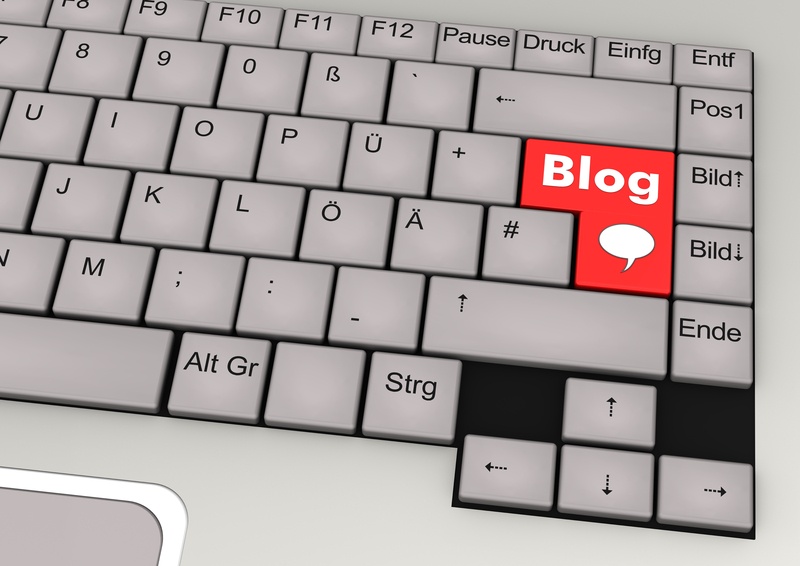Medical Scribe: An Essential Part of the Healthcare Team
When you think of healthcare jobs, nurses and doctors probably come to mind. You are probably also aware of physical therapists, occupational therapists and lab techs. But one job which may not be on your radar is medical scribe. Medical scribes are helping to ease the stress doctors face in dealing with endless paperwork, allowing physicians to spend more time focusing on patients. We interviewed Dr. Michael Murphy, CEO of ScribeAmerica, to learn more about medical scribes.
1. What does a medical scribe do? What are their day-to-day responsibilities?
Medical scribes capture all patient information at the time and point of care. From an operational standpoint, this streamlines workflow for the provider and allows them to see more patients during their shift. Patients enjoy it because it improves the quality of communication they have with their doctor, who is no longer distracted with data entry.
A scribe’s day-to-day responsibilities essentially involve any non-clinical tasks that support the provider and patient experience. In addition to real-time patient documentation, scribes help track lab results, prepare plans for discharge, schedule appointments, and document consultations with other providers and patient family members. They remove the clerical burden so doctors can focus solely on patient care.
2. In what locations (cities, metro areas) do you see the most demand for medical scribes?
ScribeAmerica provides professional scribe services to over 870 clients in 46 states. We’re hiring new scribes throughout the country on a daily basis. We work with sites in both large metropolitan cities as well as smaller rural areas. We have a larger concentration of sites we work with on the east coast, throughout Florida, Illinois, New York, the Metro D.C. and Baltimore area. Additionally, we have several sites throughout Texas and California. We encourage those interested in career opportunities to visit the Scribe Resources section of scribeamerica.com to learn about opportunities in their local area.
3. What are the qualifications necessary for entry into the field?
Applicants are chosen primarily based on their clinical aptitude, typing skills, and passion for medicine. Keep in mind this is not your typical part-time job. This is an extremely challenging position that requires a lot of focus and dedication. You’re going to be exposed to all that goes on in a hospital, which isn’t always going to be pleasant. For many students, this position has confirmed their decision to pursue a career in medicine – but for others, it can be a wake-up call that maybe healthcare isn’t right for them. Most scribes use the position to get experience for medical, nursing, or PA school.
4. How much does a medical scribe earn, on average?
On average, a medical scribe can earn anywhere from $10 to $20 an hour, depending on their location and cost of living. High performing scribes quickly advance into training and leadership positions, which offer more pay and more exposure to the operations and business side of healthcare.
5. Tell us more about your company, ScribeAmerica.
When ScribeAmerica was first founded a little over a decade ago, medical scribes were mostly used in homegrown cottage operations. As EMR mandates increased, doctors were forced to spend more time behind a computer and less time at the bedside with their patients. Medical scribes provided a much-needed solution that allowed doctors to spend more time with their patients while relying on highly trained scribes to assist with medical documentation.
Today, ScribeAmerica has over 7,300 employees in 46 states. For many of our scribes this is an invaluable job opportunity that prepares them with hands-on experience that helps prepare them for medical or PA school. We’ve had countless scribe alumni come back and tell us how their scribe experience was both rewarding and provided a critical advantage in their post-graduate education.
For many others, ScribeAmerica has turned into a rewarding career path. Many of our managers began their career as scribes. Our project leaders are a key part of our company’s success. Project leaders profit share directly from each site they initiate. We believe that personal ownership drive our project leaders to produce the highest quality medical scribe programs. Additionally, project leaders get the unique opportunity to travel the country and work one-on-one with medical professionals, including C-level administrators. It’s truly a unique and rewarding experience.
If you are interested in learning more about medical scribes, visit the ScribeAmerica website.



